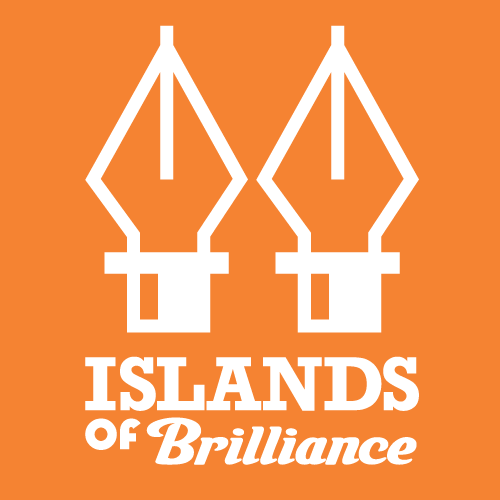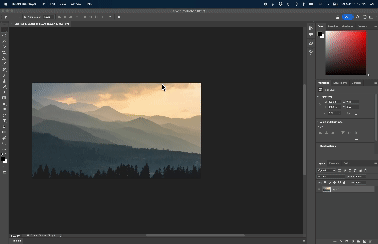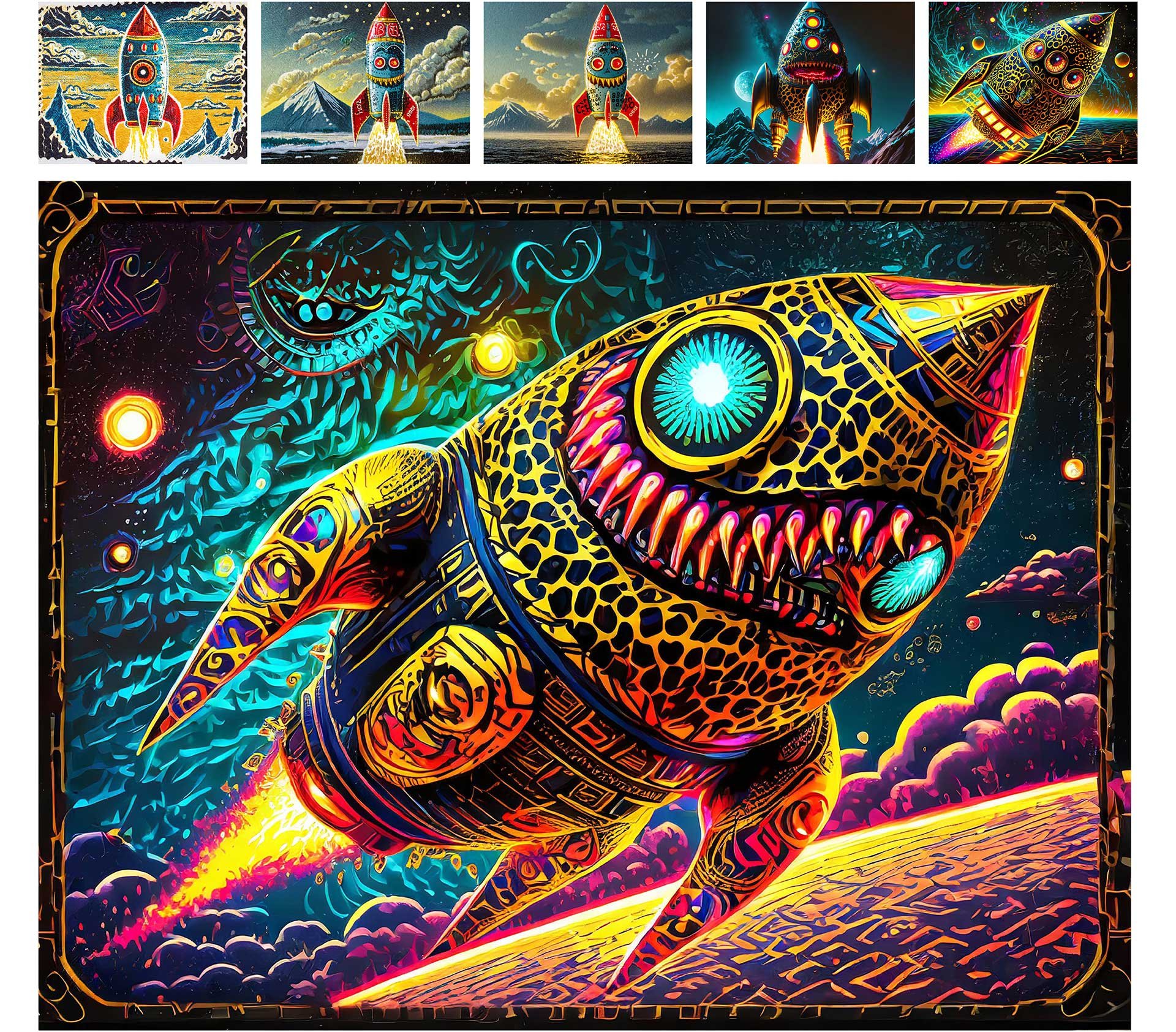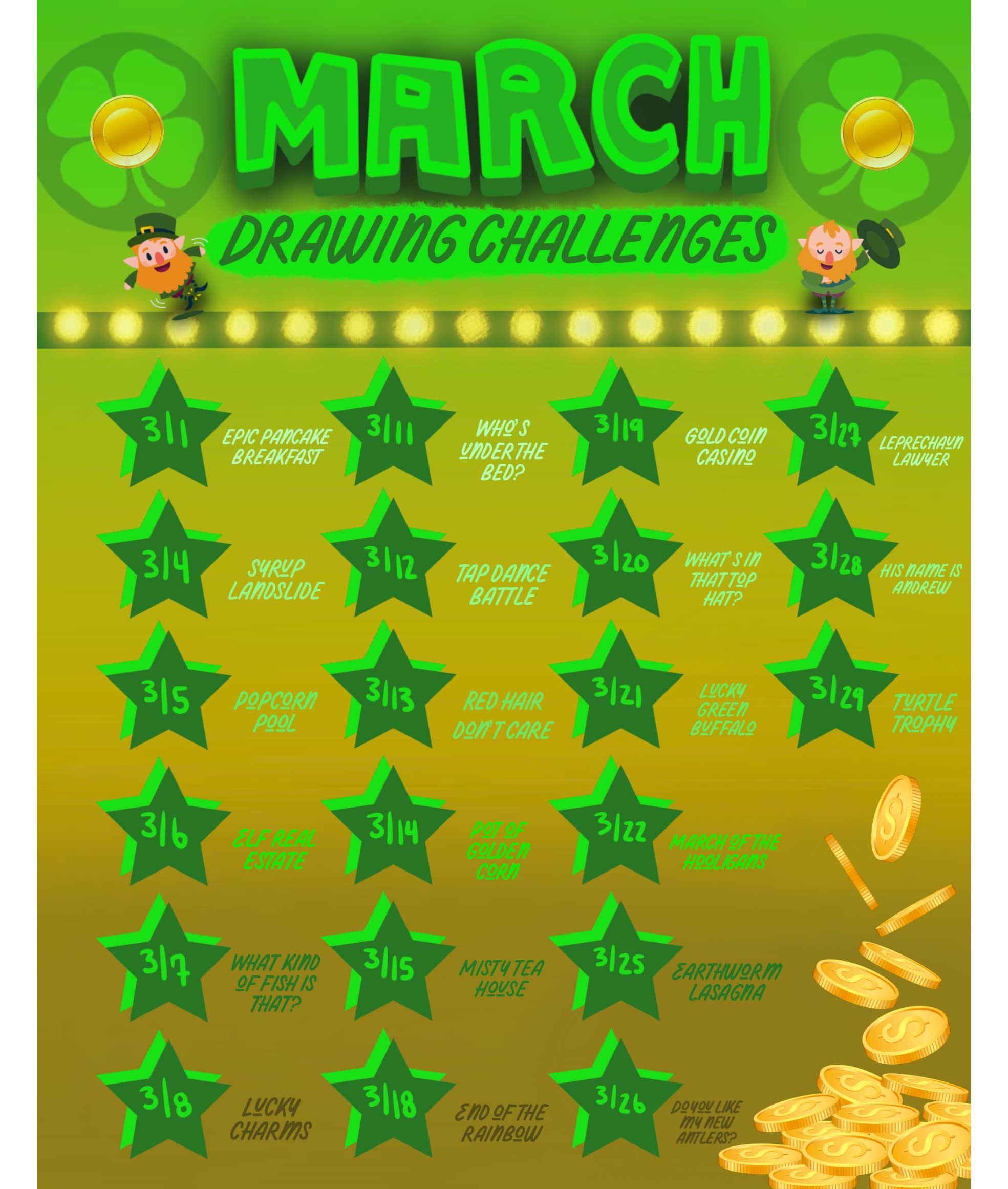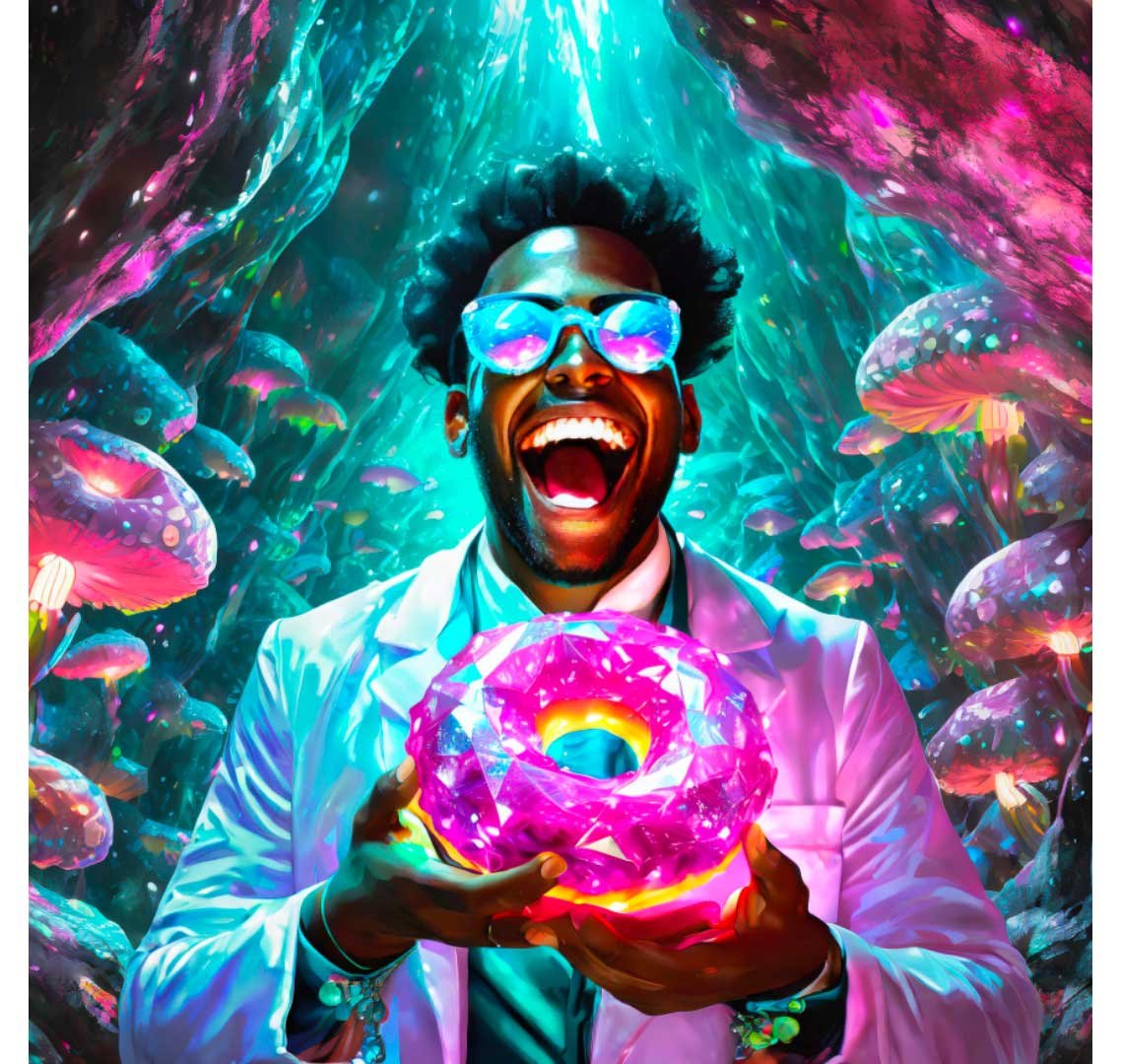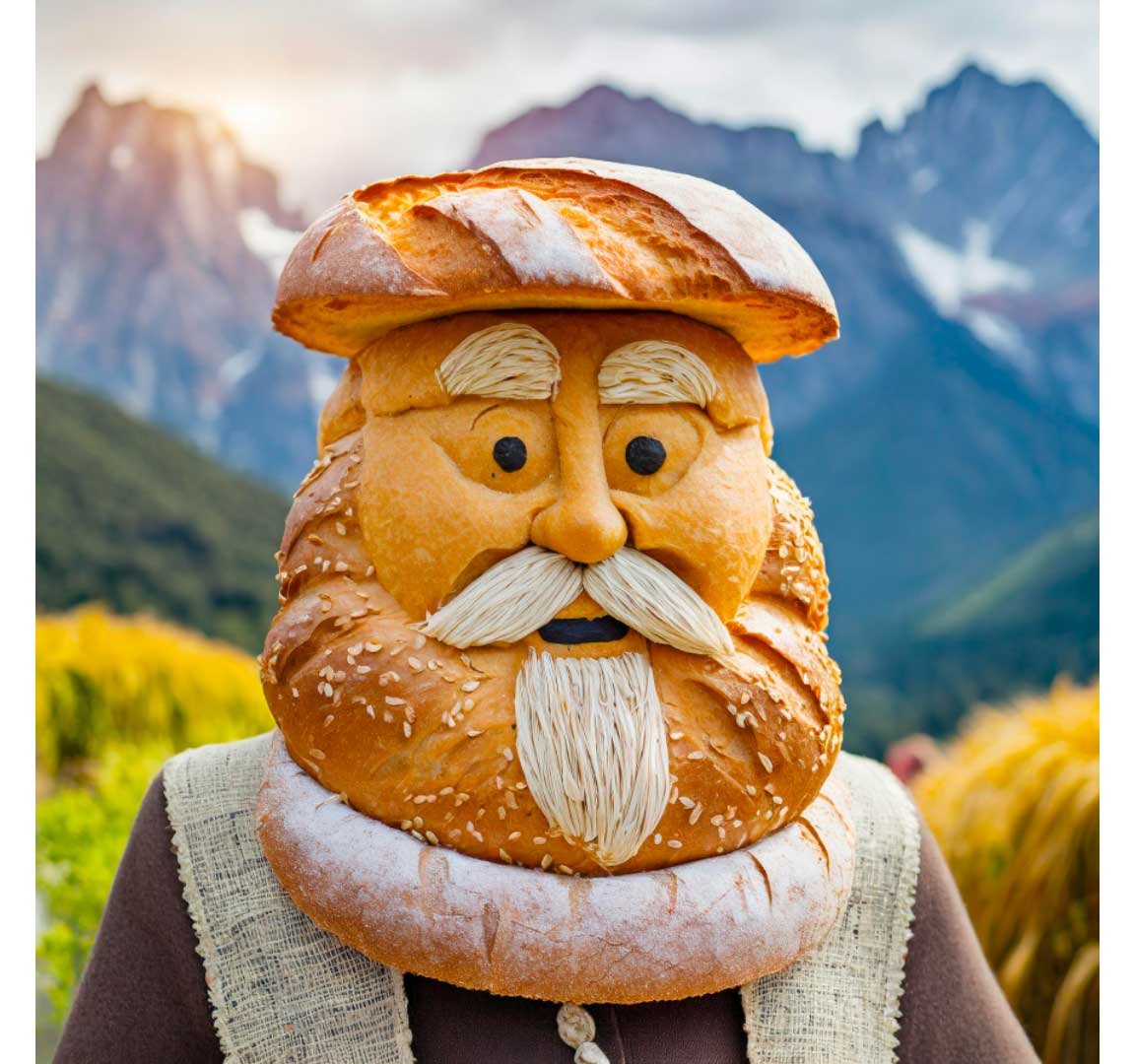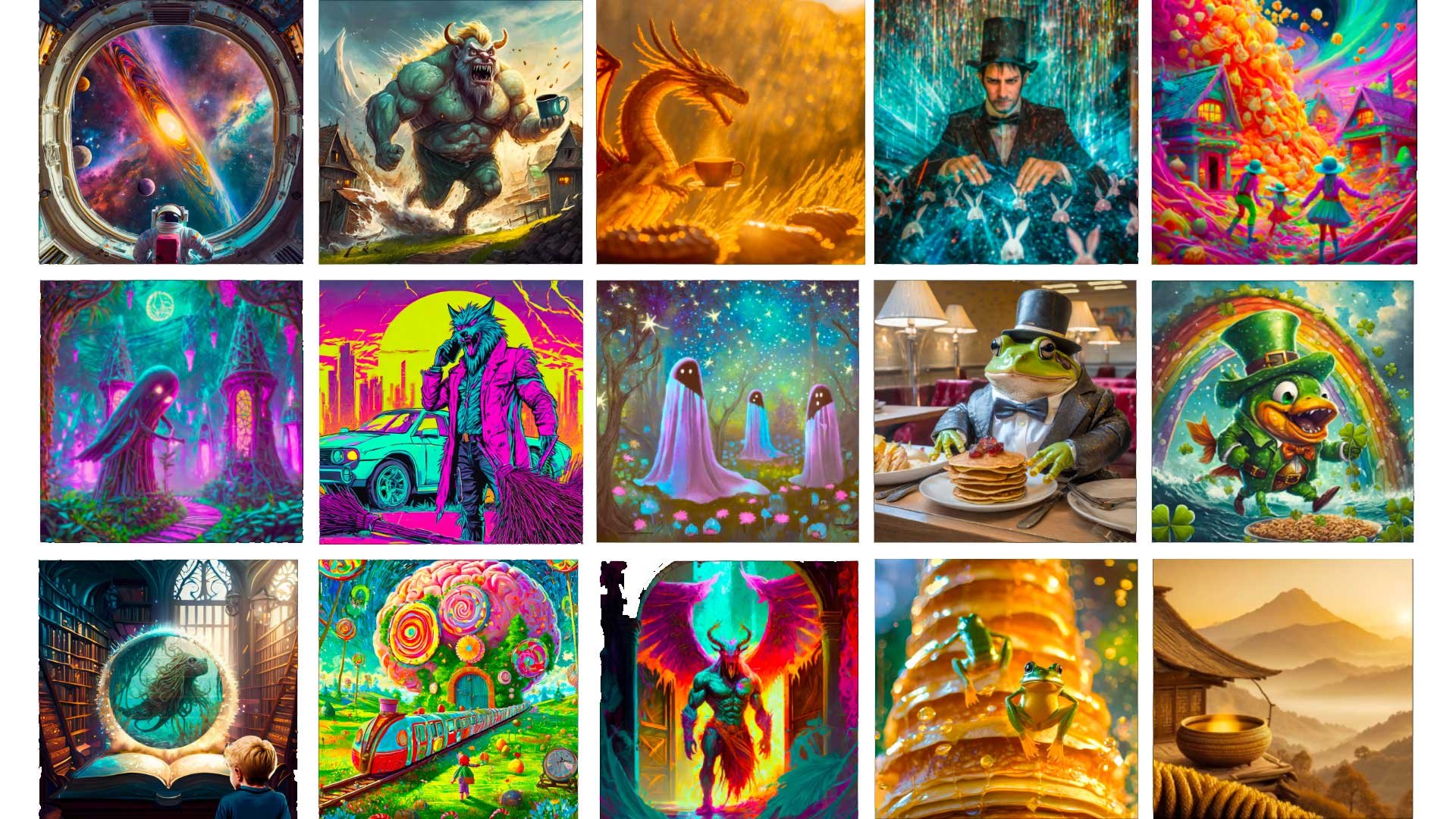GenAI at IOB: Sharing Our Playful And Cautious Exploration of an Emerging Technology
The following post has been written by the C-Tech (Creative Technologist) Team at Islands of Brilliance (IOB): Director of Technology, Chris Willey; Lead Creative Technologist, Natalie Derr; and Creative Technologists, Charlie Fairbanks, Ruby Wilson, and Shayne Mack.
You may have heard of ChatGPT; some of you are familiar with it by now. Today, we will discuss another similar technology called Generative Artificial Intelligence (GenAI). IOB’s Creative Technologists are excited to share what GenAI is and highlight this new technology's complexities and ethical considerations.
A mini-western art history lesson:
When the camera arrived, some artists adhered to hyper-realism, which was the traditional focus of European Academies. Other artists started exploring paint and concepts that the camera couldn’t capture. Simply, that exploration led to impressionism. Impressionism opened the door for many different artistic movements over time! We know it was more complicated than that, so if you want to know more, check out the story of How Photography Pioneered a New Understanding of Art written by Eva Silva in June 2022 for The Collector.
This post aims to share how we balance creative curiosity with caution while exploring GenAI within IOB's Digital Academy. We do not want to convince you of anything or change your opinions; instead, we want to share our perspective, clarify our team's efforts, and give you a lens to consider what you may hear or see on this topic moving forward.
We'll share why we use this technology and the specific rationale for the kind of GenAI we use. We'll also share our playful journey and the guidance IOB provides our creative community.
GenAI is fraught because it brings some folx to an emotional crisis. GenAI affects their ability to earn an income, and for others, it's a game-changing tool in a creative's kit. For context, GenAI is changing every aspect of the visual arts world, and this technological shift is similar to how the camera and photographs altered the thinking of the visual arts world and brought images to the 1800s.
Understanding GenAI
Generative AI, or Generative Artificial Intelligence (GenAI), refers to a branch of artificial intelligence that focuses on creating new content, such as images, text, or music, using algorithms trained on existing data. We want to distinguish this branch of AI from another—general AI. That's the one you might have heard about; general AI is what all the movies are made about.
General Artificial Intelligence, often called AGI or Strong AI, is a hypothetical form of artificial intelligence that can understand, learn, and apply knowledge across various tasks, similar to human intelligence. To our knowledge, we've not (yet) achieved AGI. Anyway, we're not referring to AGI in this post. We're talking about using text to generate images (and soon video), known as GenAI.
An animation of Generative Expand. Instead of cropping an image and cutting off the corners, now you can ‘expand’ an image with the crop tool in Adobe Photoshop. GenAI powers this ability.
We know that technology evolves—think about the power smartphones have gained in the last decade. That's technological evolution. But in the world of GenAI, this evolution seems to happen exponentially. Every month, new creative options are introduced. It's easy to get overwhelmed by the rapid pace of change. At IOB, we exclusively use an Adobe platform called Firefly. Firefly is a stand-alone web app that allows a creative to generate graphics, illustrations, and realistic photographs from text prompts.
GenAI algorithms have revolutionized photo editing. GenAI inside Photoshop now gives the creative the ability to UNcrop an image, meaning we can add parts to the photo that didn’t exist in the first place! It honestly feels like magic. Here is an example of GenAI that is now available inside applications like Adobe Photoshop.
Creatives who use Photoshop benefit from Adobe's implementation of GenAI because these new tools free up time usually spent on arduous technical tasks and allow creatives to focus on making creative decisions.
But, there are Ethical Considerations
Efficiency isn't the bottom line for us! In IOB’s DA program, we care about Creativity, Communication, Critical Thinking, Collaboration, and Courage. We need to apply some critical considerations when considering the current state of GenAI. As with any powerful technology, we must critically think through the entire system regardless of whether the technology improves our lives.
“I value creativity and human skills over technology. [I am] approaching GenAI with curiosity and playfulness.”
The word algorithm itself has a fascinating history. If you’re interested, read From Arabic to AI: The Ancient Roots of the Algorithm, written by Steven Poole for the Guardian in September 2018.
Most AI algorithms are trained. Training an algorithm might seem weird, but these are algorithms that learn- some might have heard this called Machine Learning. GenAI algorithms are trained on image data. Massive amounts of image data have been culled from the internet to train GenAI algorithms. That's the first ethical issue for many creatives.
Most of the training data for GenAI uses images taken from artists who posted their efforts online or on their websites. Many creatives never had an opportunity to consent to their work being scraped off the internet and used to train algorithms. Once consumed, the data is always present in the algorithm, which is used to generate new images. Meaning creatives see parts of their hard-earned creativity or unique aesthetic used in images created with GenAI. On top of this insult, companies are using these GenAI images over artists' original works because they are cheaper, faster, and more efficient. Many creatives that we respect have had their works mercilessly stolen and used to train GenAI datasets.
“Creatives are grappling with GenAI’s implications, from job security to ethical concerns.”
The Creative Technologists at IOB strongly encourage you to watch this YouTube video from the team at Yes, I’m a Designer called AI vs Artists—The Biggest Art Heist in History. The video explains the history and development of GenAI, features artists sharing their dismay at the companies that steal from them, and gives a measured look at this technology’s impact on the visual arts world in general.
The implications and future scenarios are already here; this is non-fiction: for uninformed people, these GenAI images present a clear danger for misinformation. Another reality is malicious blackmail; people can have their likeness stolen, used to train GenAI, and then have their likeness generated in icky ways and used against their will. Uninformed audiences might succumb to GenAI Propaganda. An audience might think these fake images and videos are authentic, leading to violence. These are real concerns about GenAI as a technology.
“GenAI presents numerous challenges, from sourcing to trust, but it’s crucial to address them within the creative community.”
Adobe GenAI
With all these murky ethical and occupational considerations, why is IOB exploring this technology!? While GenAI platforms outside of Adobe's ecosystem have impressive capabilities, our team feels it's essential to be ethical in our creativity. A source of joy for one should not come at the expense of many others.
Adobe chose to be ethical from the start! They sourced their training data from images that they had the right to use. Adobe has a platform called Adobe Stock, which has thousands of stock images, videos, and audio. Since they purchased the rights to use this content, they used it as data to train their GenAI algorithms.
The technology behind GenAI is not going anywhere. The Creative Technologists at IOB feel we must guide our community toward ethical ways of using this tool. We steer our community toward Adobe Firefly because its rules do not allow for the generation of violent, sexually explicit, profane, or copyrighted imagery.
“My role is to guide and model creative curiosity, acknowledging the complexities of GenAI while aligning with diverse perspectives.”
Adobe’s trustworthiness in this field doesn't stop there; every image touched with GenAI has credentials added to it that state it's been altered with GenAI. These systems create transparency so people know an image isn't 100% real, even though it may look authentic. Lastly, Adobe is responsible for making the first tools/standards used in the industry to spot a fake. This tool will help us detect photos that have been altered but are trying to be passed off as authentic.
GenAI offers a lot of fun and joy! Creative Technologists at IOB provide fun learning spaces to explore creativity, and we also goof around a lot! Ethical GenAI platforms from Adobe allow us to explore emerging creative technologies in many goofy ways playfully! Now that we’ve addressed the concerns, let’s talk about GenAI's playful benefits!
Collaborative Exploration
Let’s go back to early 2023! Chris Willey sat down with the founders of IOB and shared his vision on which technologies to focus on at IOB.
iPad Creativity: iPads offer effortless and powerful mobile creativity. This hardware is perfect for our current needs, and we focus a lot on programming through the iPad.
3D: IOB believes that 3D content will be an integral part of the internet; most flat designs will need a 3D counterpart as we move into the middle of the 21st century
XR, extended reality: an umbrella term for Virtual Reality, Augmented Reality, and Mixed Reality experiences—will continue to evolve. Creative Technologists at IOB are part of that conversation.
GenAI: GenAI enhances the other pillars while offering unique creative options.
IOB's Creative Technology team started using Adobe's GenAI platforms in 2023 as part of our programs. At the DA level, we call it the Activity of the Day instead of a Question of the Day. IOB has a program called Doodle Lounge that gives our community a creative prompt to respond to each day. DA uses those prompts as the heart of our Activity of the Day.
Here’s how: IOB students work collaboratively in Adobe Express (A free all-in-one design app with Firefly built into it) and directly with Adobe Firefly in improv-style games to generate images and collages based on the Doodle Lounge Prompts. These are easy, low-stakes ways to explore and share gained insights at the beginning of every session. Activities of the Day are like warm-up activities for DA.
Here are a few examples of the work created using Adobe GenAI:
The Creative Technology team delivers DA programming 4-5 times a week. We have been actively exploring and sharing our efforts in GenAI every week, sometimes five times a week, since August 2023. We've shared between 112 and 140 collaborative GenAI experiences within the IOB Community- and we know that range is relatively low.
“By playing with GenAI as a team, we aim to understand its complexities while adhering to ethical standards.”
The call to adventure!
To paraphrase the author and technologist Kevin Kelly, 'Technologies give us new options.' GenAI is an exponentially evolving technology, but it needs to be contextualized, and it will need to be continually reconsidered as new evolutions of this technology land as future options for creatives to consider. GenAI is a broad new branch of AI technologies; this blog post only discusses some of the intricacies of this vast and complex emerging technology. We know we cannot do it justice, and we remain open to changing our minds!
Our goal with this text is to introduce and share our perspective on GenAI with IOB's creative community. Here's how we're navigating these unmapped landscapes:
We're using ethical platforms.
We're collaboratively playing with emerging technologies.
We're sharing insights along the way.
We're using this new tool to supercharge our creative process.
“Don’t fear the unknown, heed the call to adventure, but try to know who’s made the trails you’re embarking on, even if you don’t know where the trail leads.”
Fear can bring people together. Some asymmetrically powerful tech companies have created a technology that nullifies a creative education and directly threatens a creative's livelihood. But we're rejecting those ill-gotten algorithms in favor of an ethical and trustworthy platform.
GenAI is a tool that supercharges our creative process(es). We're heeding that call to adventure by turning our exploration into low-stakes games that promote creativity, critical thinking, collaboration, communication, and courage! We do not fear the unknown. Instead, the IOB team models what it looks like to be uncertain yet fed by creative curiosity to our students and the entire IOB community.

